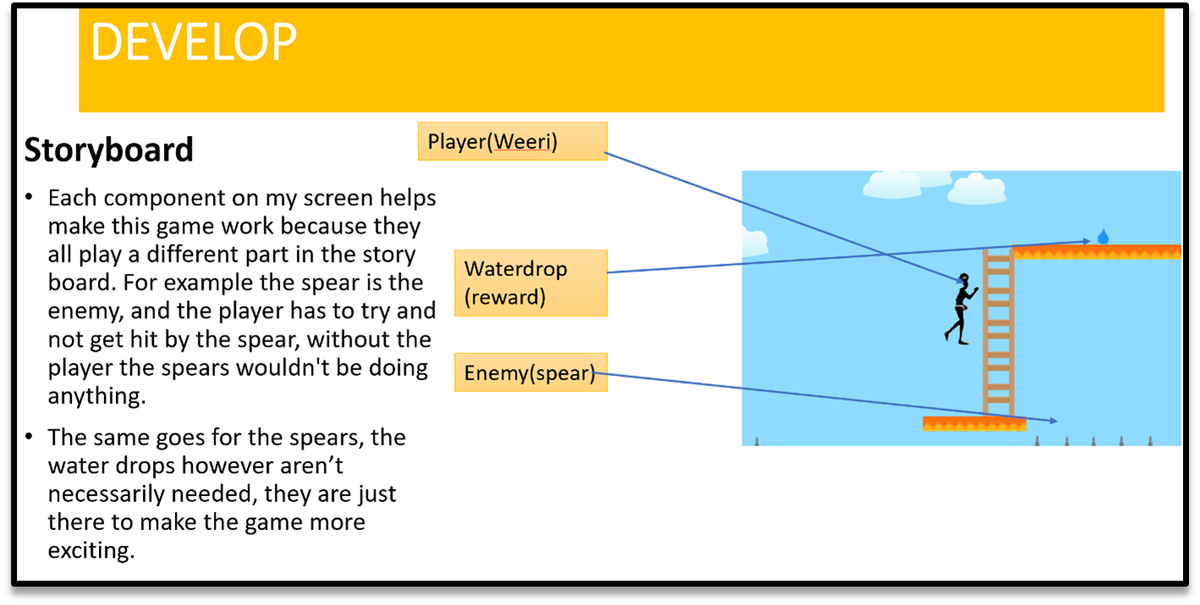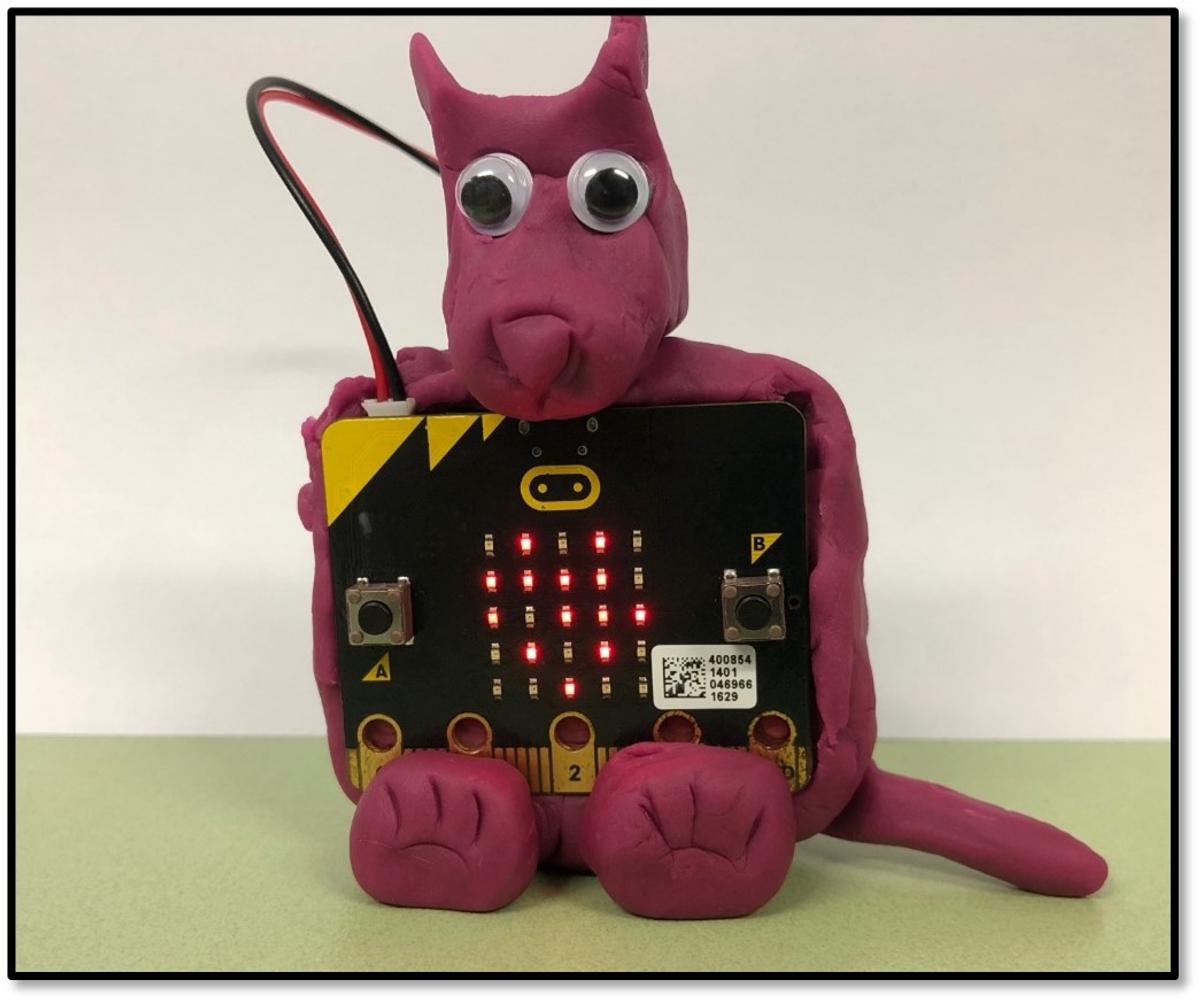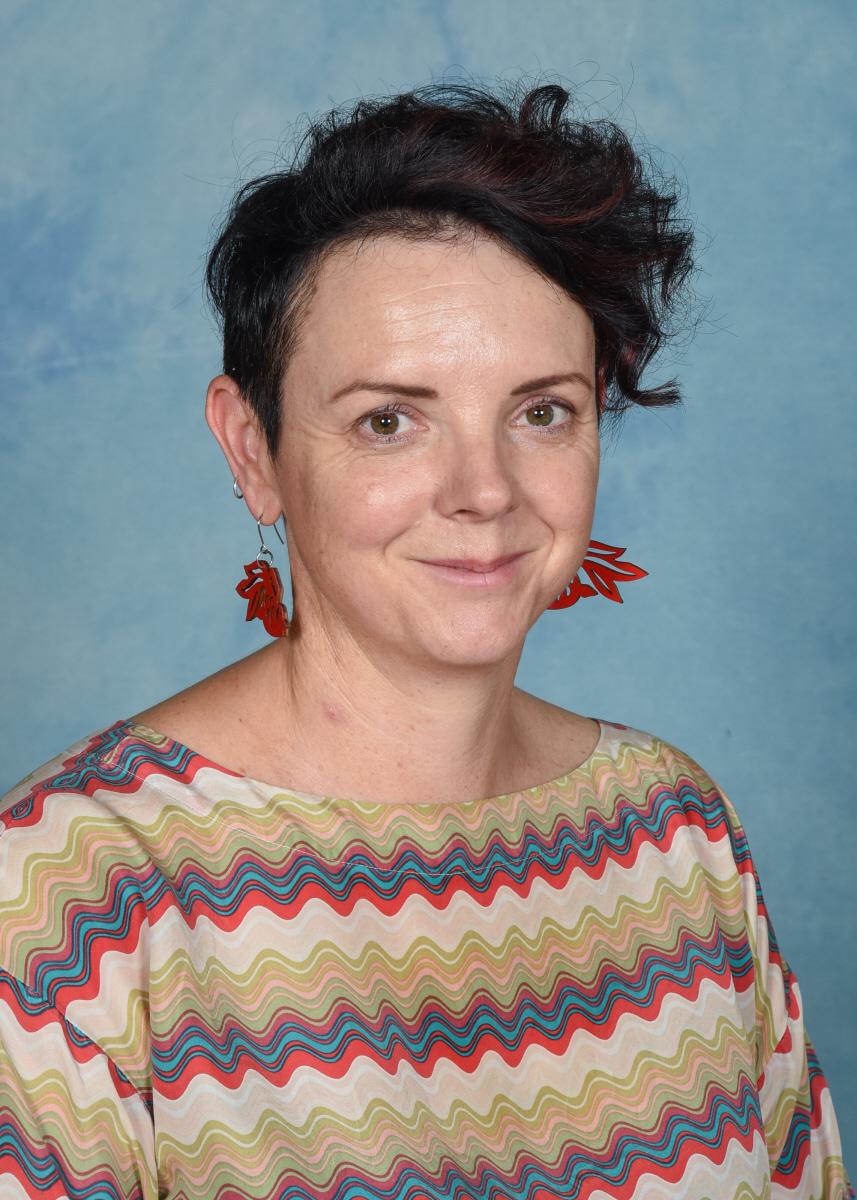Digital Technology

Why are We Doing This???
I love it when a student asks me this question, as it provides me with the opportunity to open a valuable discussion. By restating the question, we come to “What will studying this subject do for me?” Now this is a question! Why study Digital Technology?
Because we need to move our students ”from being critical consumers of technology to creative producers of digital solutions”. This means that we take control of our devices, understand and can use their full range of features, and maximise our opportunities to develop new and meaningful problem-solving strategies.
The National Curriculum for Digital Technology states:
“Students plan and manage digital projects to create interactive information. They define and decompose problems in terms of functional requirements and constraints. Students design user experiences and algorithms incorporating branching and iterations, and test, modify and implement digital solutions.”
In Years 7 and 8, the students are working towards achieving this standard through a range of Project-Based Learning tasks.
A good example of this is the Year 8 Game Programming task. Students design and develop a digital game as an educational tool with an end user in mind, using an online game development environment. They will need to consider the key aspects of what makes a good game?, including backstory, character development, playability, accessibility, and more. They use project management skills to organise their time and evaluate their development, skills, and success against criteria that they establish for their project.
This is followed up with a hardware development project, where students design and develop an interactive toy or game using the general purpose programming language Python and a hardware device such as a ‘BBC micro:bit’.
Throughout these projects, what else do they learn?
- Computational Thinking - a process where a problem is analysed and solved so that a human, machine, or computer can effectively implement the solution;
- Design Thinking - a process where a need or opportunity is identified and a design solution is developed; and
- Systems Thinking - an understanding of how related objects or components interact to influence how a system functions.
As a result of this course, we hope that students will develop a far richer understanding and appreciation of the work involved in the development of Digital Technologies, and enjoy the process of creating solutions to real world problems.
Here at Mount Alvernia we encourage our students to continue their journey in Digital Technology by selecting the subject as one of their elective courses in Years 9 and 10. This can then lead into the QCAA general course Digital Solutions in Years 11 and 12. Future study and interesting, diverse, and rewarding career paths are rapidly developing in this field, with women forging the way in many of these areas. This is something to consider carefully with Subject Selection evenings coming up ….
Justine Malinowski
Learning Area Advisor - Business & Technology
with Alex Bush
Digital Technology Teacher




